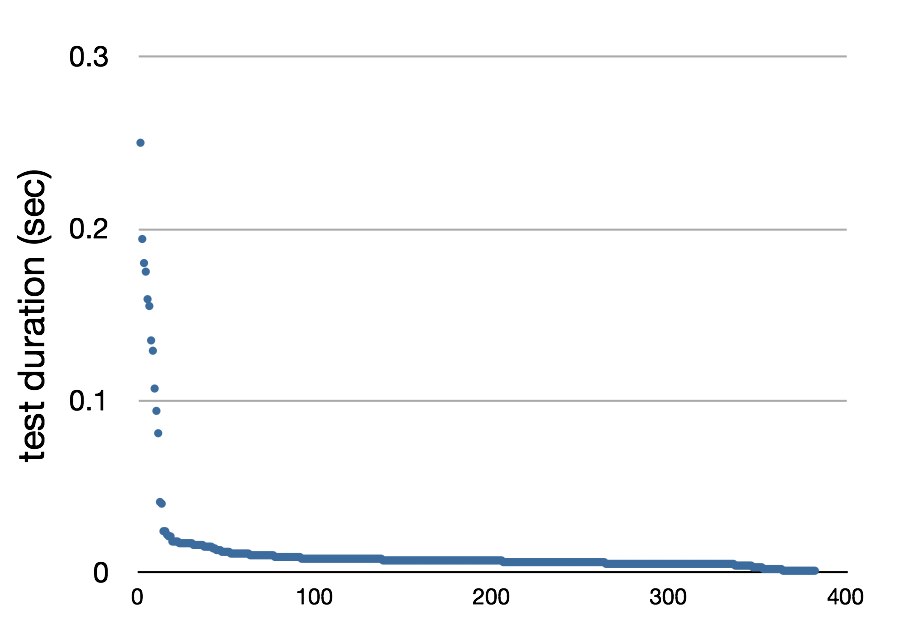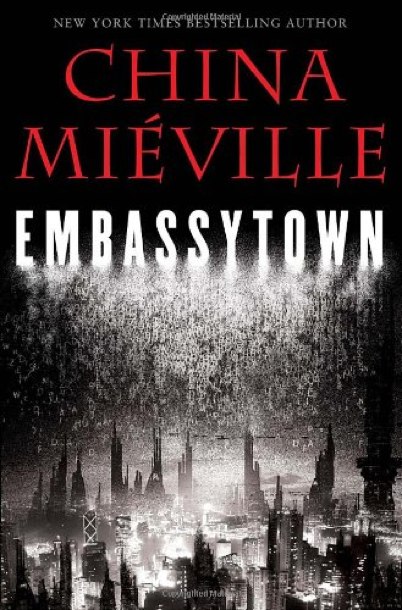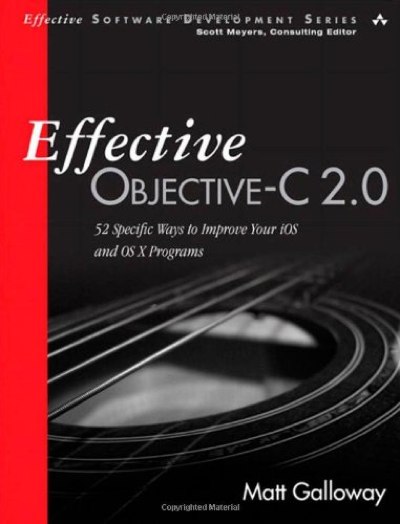by Antonia Fraser
In 1832, Parliament passed the Reform Bill that was the culmination of decades of bitter struggle and controversy. It was, in essence, a modest reapportionment. The composition of Parliament under William IV was still based on medieval populations. Some villages that had shrunk almost to nothing still sent two members to Parliament, while the huge new industrial cities of the Midlands had no representation at all. The fight to slightly enlarge the electorate to include a slightly broader selection of wealthy men had inflamed passions; observers of all persuasions agreed that Britain stood at the abyss.
Yet, in the end, Reform passed. This lively volume shows how.
What’s striking about the fight of Reform is not that the institutions were sounder than ours or the people better, but that the fear of disaster was shared by both the radicals, who could easily envision a military dictatorship, and by the ultraconservatives, who could readily imagine revolution followed by Terror. Both sides were intransigent but even the fire-eaters could see something to fear on each flank. Reform came because a majority feared insurrection more.
The same has often been true in the US, even at times of great polarization. In the Civil Rights struggle, even solid Southerners like Johnson and Ervin knew that there was something worse than integration: they could see it in Watts and Detroit, and the South had feared it since Toussaint L’Ouverture’s revolt in Haiti. In the Great Depression, even staunch Republicans could imagine something worse than the New Deal: they could see it in the Bonus Army and they could see it in Moscow. The story of the Great Compromises is entirely driven by knowledge that the terrible swift sword was credible and that Judgment would not forever be postponed.
But is that true today? We have credible threats of right-wing violence: the 2000 white-collar riot in Florida, Josh Marshall’s litany of strange right-wing private militias and mercenaries, the whole fever dream of assault-weapon resistance to Big Government or Blue Helmets. But no one really worries anymore about the extreme left -- about revolution. We have no Eugene Debs, no Malcolm X, not even a Henry Wallace; when the right needs to conjure up a Radical for rhetorical effect, the best they can manage seems to be Bill Ayers, a primary education activist! A thriller writer can easily imagine a right-wing takeover, and they do: Seven Days in May, The Handmaid’s Tale. Nobody can see a plausible left-wing takeover; when Hollywood needs one, it conjures up things like Chinese Fleets or Space Aliens.
The Right feels free to be irresponsible because the worst possible government is the government they already have. Any left-wing president is always going to be looking at a largely right-wing judiciary and a largely right-wing military; they can easily imagine a very bad government and have good reason to take steps to prevent it. But, if the right truly believes this is the worst of all possible governments, they have no need to be reasonable because their unreasoning cannot be punished.
(An earlier version of this note appeared here).





